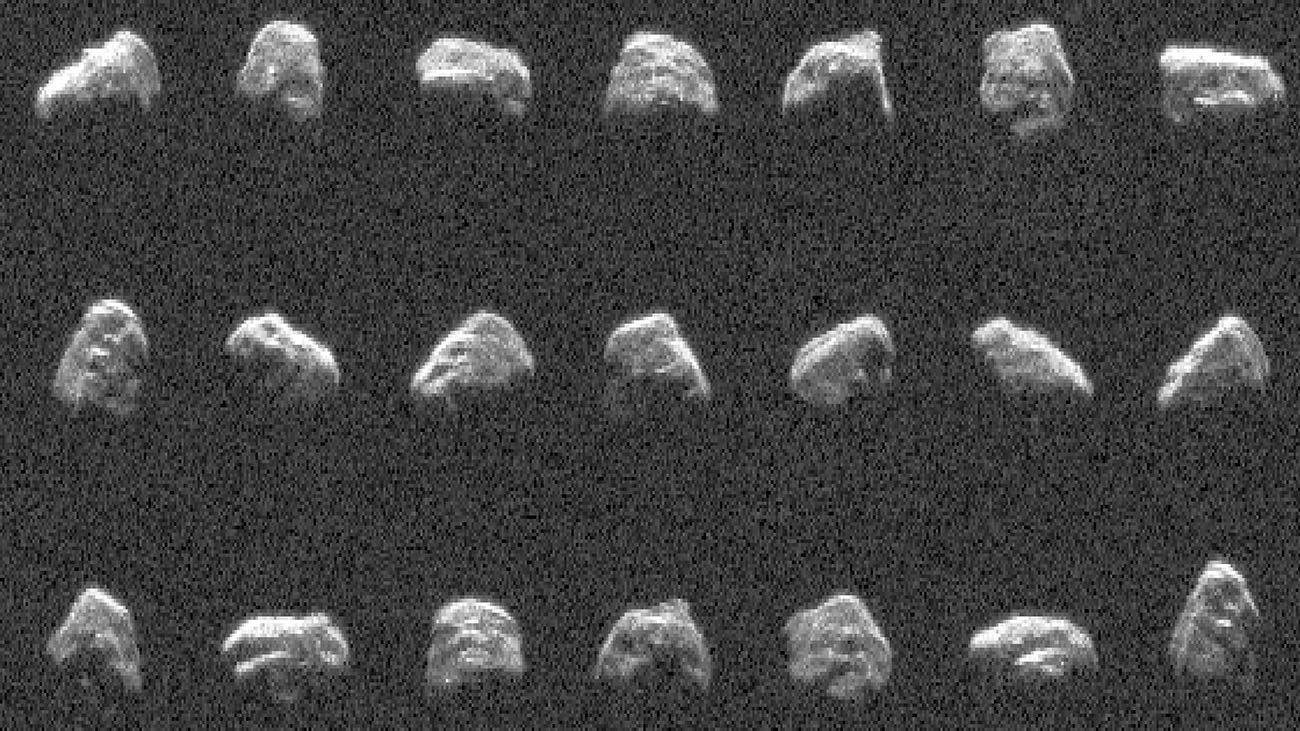The Goldstone Solar System Radar, part of NASA’s Deep Space Network, made these observations of the recently discovered 500-foot-wide (150-meter-wide) asteroid 2024 MK, which made its closest approach — within about 184,000 miles (295,000 kilometers) of Earth — on June 29th. (NASA/JPL-Caltech)
Home The Goldstone Solar System Radar, part of NASA’s Deep Space Network, made these observations of the recently discovered 500-foot-wide (150-meter-wide) asteroid 2024 MK, which made its closest approach — within about 184,000 miles (295,000 kilometers) of Earth — on June 29th. (NASA/JPL-Caltech) The Goldstone Solar System Radar, part of NASA’s Deep Space Network, made these observations of the recently discovered 500-foot-wide (150-meter-wide) asteroid 2024 MK, which made its closest approach — within about 184,000 miles (295,000 kilometers) of Earth — on June 29th. (NASA/JPL-Caltech)



